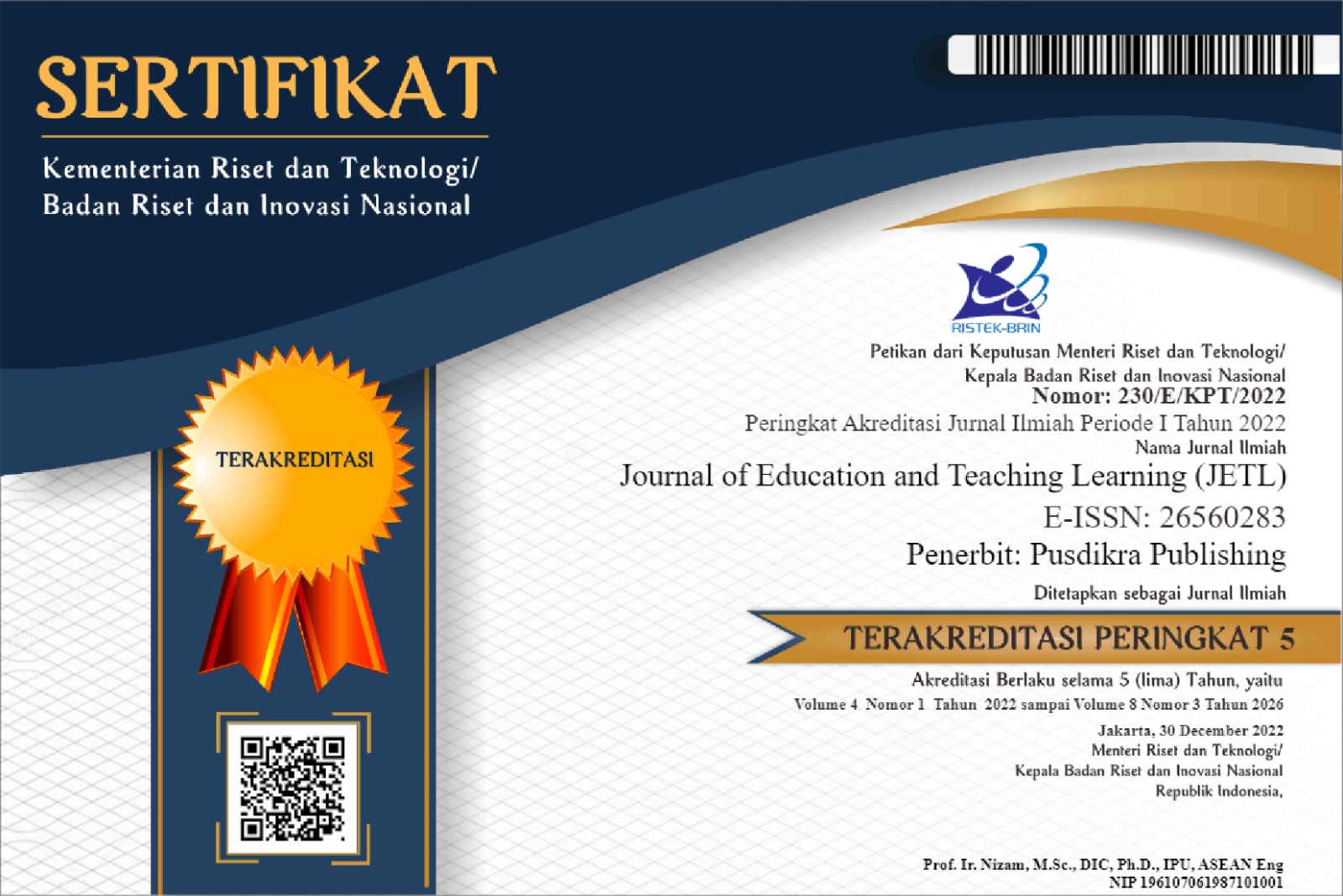Building Superior Personal And Development Strategies For Children's Potential In The Family In The Digital Age
DOI:
https://doi.org/10.51178/jetl.v5i1.945Keywords:
Superior Personal, Strategy Potential Development, Digital AgeAbstract
The main reason of this research is to provide an overview of how to build a superior personality and develop children's potential in the digital age. Because the development of digital technology that is increasing from time to time has a positive impact in all aspects of life. However, it is undeniable that it also has a negative impact. The evil of technology is a threat to parents, because all kinds of technological developments that are as sophisticated as a family must play the role of besar to escort their children to become superior children by making the best possible self-enmbentment of children in the face of change epoch. Parents are required to be smart in educating children in this digital era. This researchuses a literature study approach, where researchers collect information and data with the help of various sources in thelibrary such as books, e-books, journals and so on. Data analysis uses content analysis or analysis. The results showed that ada some of the things that parents should do in developing a personal gun excelling in the digital age and its development strategy is through exemplary parents, good communication, able to cultivate the motivation of the child and hypnoparenting. This research is expected to be a solution in optimizing the intelligence and character of children in the digital era so as to give birth to a superior personality in a family.
Downloads
Published
How to Cite
Issue
Section
License
Copyright (c) 2023 Authors and Journal of Education and Teaching Learning (JETL)

This work is licensed under a Creative Commons Attribution-ShareAlike 4.0 International License.




